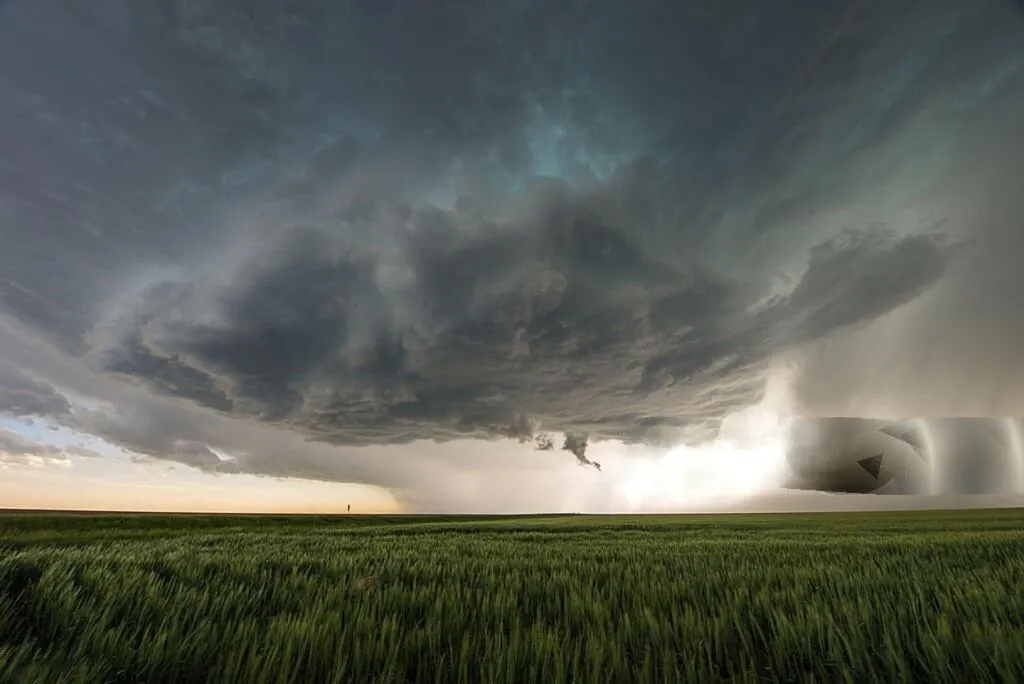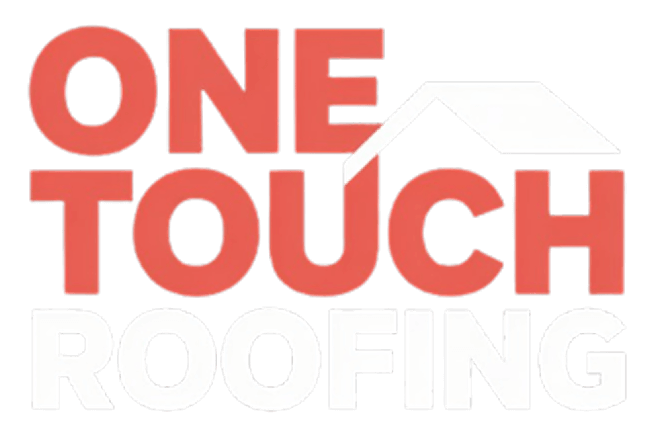GIVE YOUR ROOF A NEW LOOK!
Blog

Your Roof Is Leaking — Here’s What You Should Do Next
What to Do When Your Roof Starts Leaking During a Texas Storm
Living in Texas means getting used to extreme weather — from sudden hailstorms to hurricane-force winds and relentless summer rain. Unfortunately, that also means roof leaks are a reality for many homeowners. But a leaky roof doesn’t have to spell disaster.
The key is knowing what to do the moment you spot the problem. This guide walks you through immediate steps to minimize water damage, how to document the issue for insurance, and ways to prevent leaks from happening again.
Why Roofs Leak in Texas
Texas roofs take a beating from the elements. Some of the most common causes of leaks include:
Severe wind damage: Shingles or tiles can lift or blow off entirely during storms.
Hail impact: Large hailstones can crack shingles, leaving weak spots where water seeps through.
Clogged gutters and downspouts: When gutters back up, rainwater can pool and work its way under shingles.
Aging materials: Over time, roofing materials dry out, crack, and lose their waterproof barrier.
Improper flashing or sealant: Around chimneys, vents, and skylights, flashing can loosen and allow leaks.
Understanding the cause helps you decide whether you’re dealing with a small patch job or a more serious structural issue.
Step 1: Prioritize Safety First
If water is dripping near light fixtures, electrical outlets, or ceiling fans, turn off power to that area at the breaker box immediately. Water and electricity are a dangerous mix, and even a small leak can create a serious hazard.
Avoid standing water if there’s any chance of electrical contact, and never attempt to access your attic during an active lightning storm.
Step 2: Protect What You Can
Quickly move furniture, electronics, clothing, or paperwork out of the affected area. If heavy items can’t be relocated, cover them with plastic sheeting or waterproof tarps.
Tip: Keep a roll of plastic painter’s sheeting or heavy-duty trash bags in your emergency kit — they’re invaluable during storm season.
Step 3: Catch and Contain the Leak
Set up a bucket, pot, or any waterproof container under the dripping area. If the leak is splashing onto surrounding furniture, drape towels or rags around the base.
If water is running along a ceiling beam before dripping down, try taping a string or cord from the ceiling to the bucket — the water will follow the string instead of spreading across the ceiling.
Step 4: Relieve Ceiling Pressure (If Bulging)
A water-filled ceiling bulge is a red flag — it can burst suddenly and cause serious damage. Using a screwdriver or knife, carefully puncture a small hole at the lowest point of the bulge, and let the water drain into a bucket below.
Doing this deliberately prevents a dangerous, uncontrolled ceiling collapse.
Step 5: Document Everything for Insurance
Take clear, well-lit photos and videos of the damage from multiple angles. Capture the source of the leak (if visible), damaged ceilings or walls, affected furniture, and any pooling water.
Then, review your homeowners insurance policy — most policies cover sudden roof leaks caused by storms, but not those resulting from lack of maintenance.
Contact your insurance provider as soon as possible to start the claims process. Keep damaged materials until an adjuster confirms they’ve been inspected.
Step 6: Get a Professional Roof Inspection
Once the weather clears, call a licensed Texas roofing contractor to inspect your roof. Professionals can safely identify whether the issue stems from:
Missing or damaged shingles
Cracked flashing around chimneys or vents
Worn sealant
Clogged valleys or gutters
Structural damage from wind or falling debris
Avoid climbing onto your roof yourself — it’s unsafe, especially when wet. A professional inspection not only ensures proper repair but also provides written documentation for insurance claims.
Step 7: Temporary Fixes Until Repairs Are Made
If professional repairs can’t happen right away, consider a temporary tarp installation. Use a heavy-duty, waterproof tarp (6-mil or thicker) that extends at least 3–4 feet past the damaged area. Secure it with roofing nails or by tucking it under nearby shingles to prevent wind lift.
For leaks near flashing or vents, roofing tape or sealant can also serve as a short-term patch — just remember, these fixes are temporary and should never replace full repairs.
Preventing Future Roof Leaks
Once your roof is repaired, proactive maintenance is the best way to avoid repeat issues:
Schedule annual roof inspections. A professional roofer can spot early signs of wear before leaks start.
Clean gutters and downspouts twice a year. Spring and fall cleanings keep rainwater flowing properly.
Trim overhanging tree branches. Falling limbs can puncture shingles or trap moisture.
Inspect flashing and caulking. Check around chimneys, skylights, and vent pipes for cracks or peeling.
Replace aging shingles promptly. Asphalt shingles typically last 15–25 years in Texas climates, depending on heat exposure and maintenance.
Regular upkeep doesn’t just prevent leaks — it extends the lifespan of your roof and helps maintain your home’s value.
When to Consider a Full Roof Replacement
Sometimes, patching a leak isn’t enough. If your roof has multiple leaks, extensive water damage, or is more than 20 years old, replacement may be the most cost-effective option. A professional inspection can help you decide whether repair or replacement is the better investment.
Call Texas Roofers for Fast, Reliable Service
If your roof is leaking, don’t wait for the next storm to make things worse. The experts at One Touch Roofing & Remodeling LLC provide emergency roof repairs, leak detection, and full roof replacements throughout Amarillo, Texas.
Our licensed professionals respond quickly, assess damage thoroughly, and restore your roof to protect your home and family.
📞 Call One Touch Roofing & Remodeling LLC today at (806) 835-5628 to schedule your inspection or emergency repair service.


